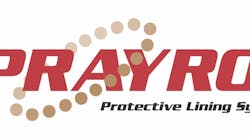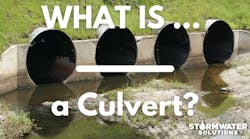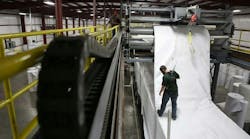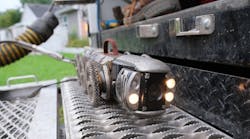The bottom of a large (80 in. by 120 in. by 30 ft) oval corrugated metal pipe culvert, running beneath Forest Lane in East Goshen Township, Pa., had rusted out. The road is a significant connector between three main suburban Philadelphia traffic routes.
Fixing the culvert was of immediate importance because the missing invert sections could cause erosion of surrounding soils, ultimately weakening road compaction and possibly forming sinkholes.
Township Manager Rick Smith and Mark Miller, the township’s director of public works, visited the site to observe the pipe’s deterioration.
“Except for the bottom center section of the culvert, the rest was in excellent shape,” Smith said. “Replacing it (all) seemed overkill.”
The team also considered the potential complete redesign; stringent, environmentally sensitive permitting; estimated eight-week traffic disruption; and $175,000 price tag to consider for an open-cut approach. Everyone was eager to avoid that, so a trenchless solution was in order.
Nate Cline, design engineer for Pennoni Associates, the township’s consulting firm, wrote a project specification. He considered felt liner cured-in-place pipe (CIPP), fiberglass liner CIPP, spray-applied epoxy and spray-applied polyurethane.
Abel Recon of Mountville, Pa., bid $66,000, nearly one-third of the estimate for traditional methods. This included bypass pumping to temporarily relocate active stream flow, and the installation of 600 mils of Sprayroq’s Spraywall structural polyurethane product. Groundwater pressure forcing soil through the missing pipe sections was eliminated with a cement waterstop mix, profiled to the host structure.
East Goshen was pleased with the single-day setup and installation, which required only the placement of traffic cones, rather than road closures and detours. The product allowed for simplified environmental permitting and engineering, as well as cost savings. Its third-party-verified performance gave Smith and the township confidence that the expenditure was a long-term investment.







